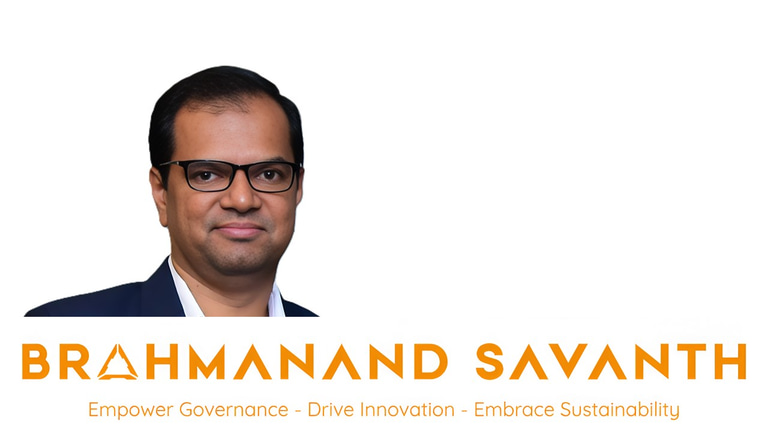Workforce Renaissance crafting talent pool dynamics for sustainable success - Published in Stalwartz magazine
Workforce transformation initiatives significantly impact talent management, shaping strategies for succession planning and future-proofing organizations. They ensure employees are equipped to meet evolving industry demands. These efforts drive readiness for a competitive, innovative future.
BLOG
Brahmanand Savanth
7/27/20242 min read


In the modern landscape of the business world, portrayed by fast advancements and dynamic shifts, organizations find themselves compelled to get on transformative journeys within their workforce strategies. The necessity for such transformations is obvious, driven by a blending of factors ranging from the general influence of cutting-edge technologies to the compelling need for industry-ready skillsets. Workforce Renaissance or Transformation efforts have deep implications towards Talent Management, Succession Planning, and Industry Readiness.
As industries and markets transform due to the relentless rush of technologies, the conventional paradigms of human capital management are undergoing a paradigm shift. The significance of advanced technologies and the necessity for developing skillsets that align with the rapidly evolving demands of industries.
In principle, well-planned strategies to address this interdependent component among Talent Management, Succession Planning, and Industry Readiness, focus on strengthening the organizations with the data and awareness needed for thoughtful healthy strategies for workforce development and elasticity in the period of continuous change. The interconnectedness between burnout, job satisfaction, and job performance underscores their significance in shaping organizational outcomes and driving workforce transformation efforts. Addressing burnout and promoting job satisfaction are integral components of fostering a resilient and high-performing workforce.
The lack of a synthesized approach hinders organizations from strategically aligning and optimizing these crucial elements, impeding their ability to adapt to the evolving demands of the contemporary business landscape. Hence, there is an urgent need to address this problem by developing a cohesive understanding of the interdependencies among our research focus areas and providing leadership and Human Resource managers with actionable goals to shape a workforce renaissance for sustainable success.
Talent Management Strategies:
Investigate existing and emerging strategies for attracting, retaining, and developing top-tier talent within organizations.
Explore the role of technology in identifying and nurturing essential skills, with a focus on the integration of innovative tools and methodologies.
Succession Planning and Leadership Development:
Examine current practices in Succession Planning, emphasizing leadership development and the mitigation of challenges associated with leadership gaps.
Investigate methods for knowledge transfer within organizations to ensure a seamless transition of skills and expertise.
Industry Readiness and Skill Alignment:
Assess the current state of industry readiness within organizations and Match skillsets with the changing needs of the business.
Explore the impact of technological advancements on industry requirements and the strategies organizations employ to ensure workforce readiness.
Challenges and Opportunities:
Analyse the challenges faced by organizations in implementing effective Talent Management and Succession Planning practices in the context of industry readiness.
Identify opportunities for innovation and improvement to address current gaps in workforce strategies.
Best Practices and Case Studies:
Compile and analyse best practices in Talent Management, Succession Planning, and Industry Readiness from diverse industries.
Draw insights from successful case studies to provide practical examples and lessons learned.
Recommendations and Roadmap:
Develop actionable recommendations for organizations to optimize Talent Management strategies, enhance Succession Planning, and foster industry-ready workforce dynamics.
Offer a detailed plan for organizations to navigate the challenges of transforming their workforce for long-term success.
Organizations are under tremendous pressure to find talented and skilled resources to meet the needs of their business and the changing market. According to a recent study by McKinsey, teaching employees new skills is the most effective way to fill those gaps, even more than hiring new people or moving employees around. About 69% of companies are focusing on teaching new skills and they are seeing good results. For companies that have started these initiatives on reskilling and upskilling, between 71 and 90% have seen positive effects on their ability to meet their goals, their employees' performance and satisfaction, and their reputation.
